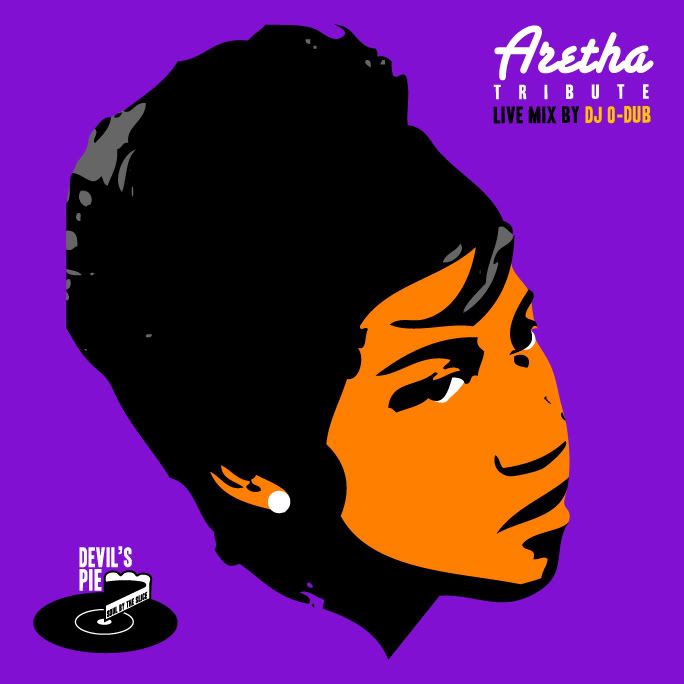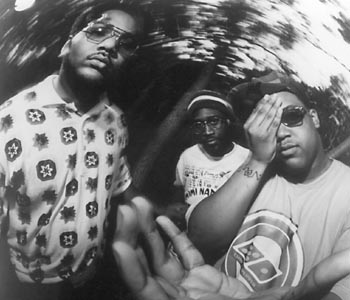
All selections from
Cold Heat: Heavy Funk Rarities 1968-1974 (Vol 1) (Now Again, 2005)
Carleen and the Groovers: The Thing (snippet)
From 7" (Music World, 1971). Also available on "Right On" EP.
Lil' Lavair and the Fabulous Jades: Cold Heat (snippet)
From 7" (Lennan, 196?)
Kashmere Stage Band: Scorpio (snippet)
From Zero Point (Scram, 1972)
Leroy & The Drivers: Sad Chicken
From 7" (Duo, 1967)
When my man Egon first dropped
The Funky 16 Corners a few years back, the bar on funk compilations was irrevocably changed. Instead of pseudo-bootlegs filled with hot tunes but no information, Egon showed that it was possible - with the right kind of patience and dedication - to get everything right: artist biographies, recording histories and of course, the best music possible. You've seen a sea change since in the world of funk anthologies - everyone (well, almost everyone) tries to do their homework and put artists and songs in context (kind of like what we do here...but not as half-assed).
Egon's rolled out his
new funk comp with little to no fanfare - Now and Again and Stones Throw juggles so much these days, it's hard for any one project to get that much attention. However, for fans of that funky stuff,
Cold Heat is the proud heir to the
Funky 16 legacy...offering another 16 tracks of head-splitting funk jams. I pulled out a selection of my personal favorites, starting with...
Carleen and The Groovers' "The Thing" isn't anywhere as famous as "Can We Rap" - the group's biggest hit - but its sparse simplicity is just as enticing. Everything gets stripped down to the most necessary elements: the guitar, a small horn section, a bass line, and some fatback drums. This does more with less.
It was only right to include a taste of the title track, an uber-obscure B-side to a Northern Soul 45 which kicks up the tempo a notch but still keeps things simple and uncluttered. Dig on that vamping organ twisting underneath.
I'm a huge fan of the Kashmere Stage Band (their long, long awaited compilation is coming out soon too - check for that)...how can you front on the best goddamn high school band, ever? Straight outta Houston, Kashmere was the brainchild of Conrad Johnson who lead the band for years and was responsible for its sophisticated soul n' funk sound. This song has them covering Dennis Coffey's b-boy classic, "Scorpio" complete with that wicked drum and bassline section in the middle. Get stung.
Last but not least, I included a full version of Chicago's Leroy and the Drivers' "Sad Chicken," a song previous released on Now and Again 7". It's a fantastic funk cut - striking a tight, midtempo groove, firmly fixed in the pocket, but still introduces some psychedelic elements before the last bridge.































